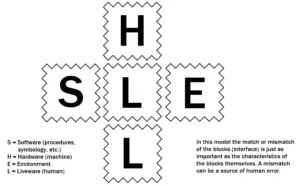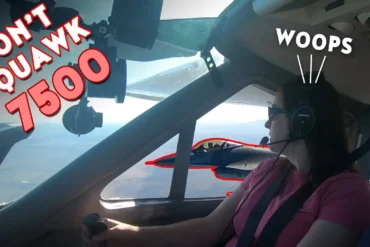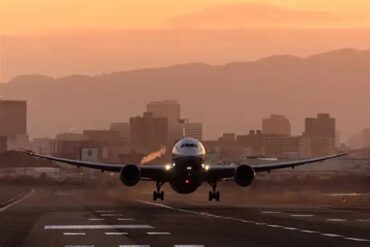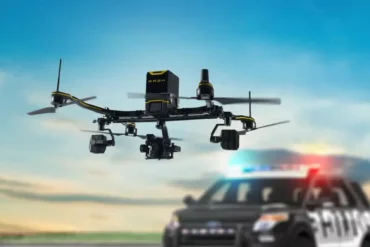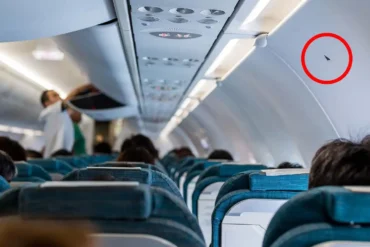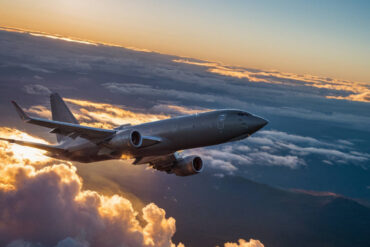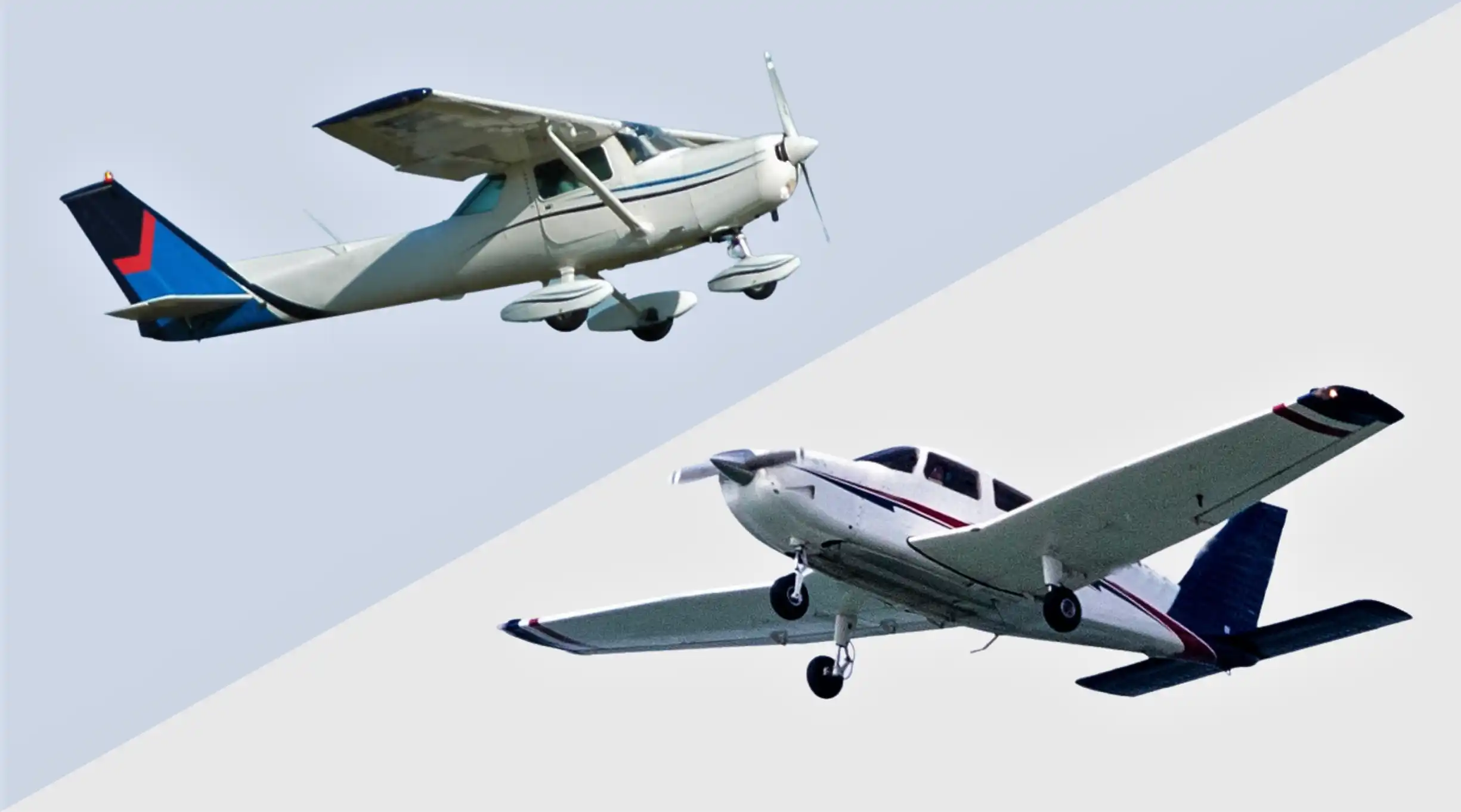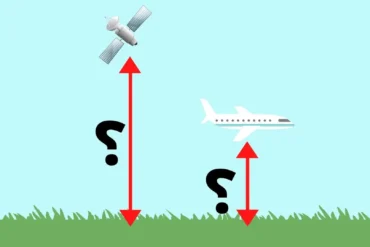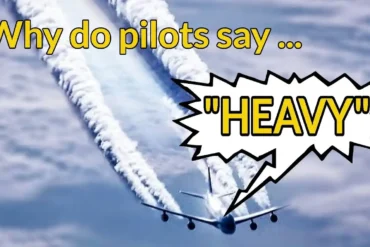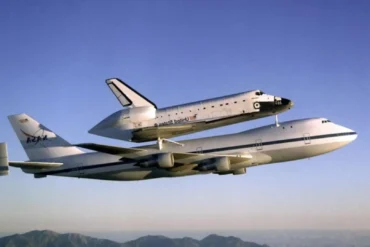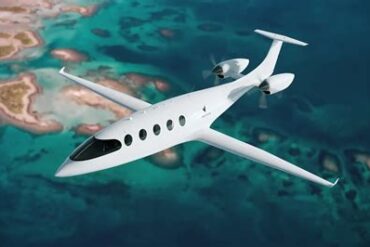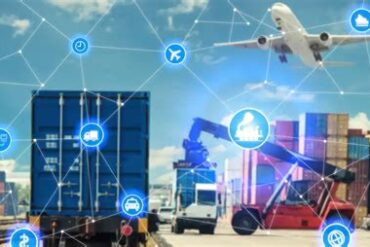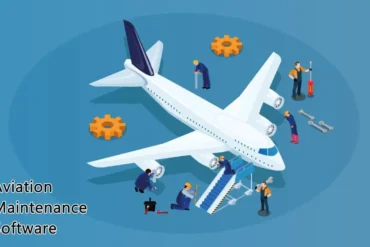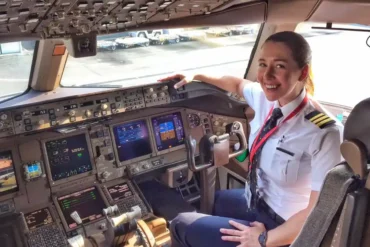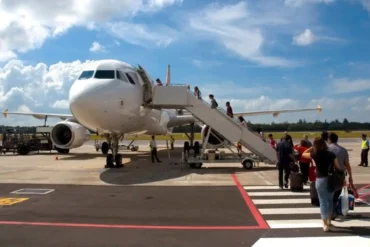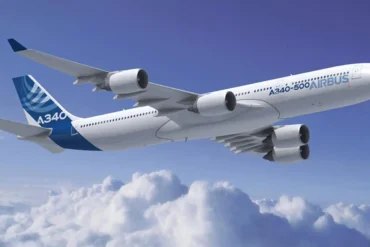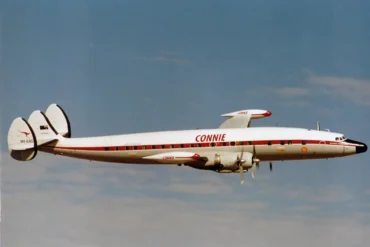Hey there! Let’s chat about the SHELL model in aviation. It’s this cool tool that helps us understand how humans interact with different parts of the aviation system. Elwyn Edwards came up with it, and Frank Hawkins made it even better. It’s all about looking at how people work with the various bits and pieces in aviation.
So, what’s SHELL all about? Well, it’s got five main parts, and each letter stands for something: Software, Hardware, Environment, and Liveware (that’s us humans!). Let’s break it down:
Software: This is all the rules, procedures, and documents that tell us how to do things.
Hardware: Think planes, control panels, displays – all the physical stuff we use.
Environment: This is where everything happens. It includes the social and economic stuff, as well as the natural world around us.
Liveware: That’s all of us! Pilots, air traffic controllers, engineers, managers – everyone involved in making aviation work.
Now, here’s the thing: all these parts need to fit together nicely. If they don’t, that’s when problems start. The SHELL model tells us that it’s rarely just one person’s fault when something goes wrong. It’s usually a mix of different factors.
Let’s talk about the human part – that’s the Liveware at the center of it all. We’re the most flexible part of the system, but we’re also pretty unpredictable. We get hungry, tired, and distracted. Outside stuff like temperature and noise can affect us too. That’s why human error often pops up in this model.
Now, you might think, “Why not just replace humans with computers?” Well, it’s not that simple. We’re a crucial part of the system, and even with all the training in the world, we still have our limits. The model shows this by making the human block have jagged edges – it’s a reminder that we need to make everything else fit around our quirks and limitations.
Let’s dive into the other parts. Software isn’t just about computer programs – it’s all the guidelines and procedures that keep things running smoothly. Hardware is all the physical stuff we use, from the plane itself to the seats and controls. And Environment? That’s everything around us, both inside the plane (like air pressure and vibrations) and outside (like weather and airspace).
Now, here’s where it gets interesting – all these parts interact with each other, especially with us humans at the center. We call these interactions “interfaces,” and they’re super important for understanding how everything works together.
Take the Liveware-Liveware interface, for example. This is all about how we work together as teams. It used to be that people thought if you had a bunch of skilled individuals, you’d automatically have a great team. But we’ve learned it’s not that simple – there’s a whole science to how groups work together effectively.
Then there’s the Liveware-Software interface. This is about making sure procedures and rules are easy for us to understand and follow. Think about it – if a checklist is confusing, it’s more likely someone will make a mistake. That’s why we need to make sure all our procedures are clear and user-friendly.
The Liveware-Hardware interface is all about making sure the physical stuff we use fits our needs. It’s not just about comfort – it’s about safety too. For example, we need to make sure controllers can easily reach all their switches and read their displays without straining.
Lastly, there’s the Liveware-Environment interface. This looks at how we interact with our surroundings. We used to focus on adapting humans to the environment (like giving pilots oxygen masks), but now we’re also looking at how we can make the environment better for humans (like improving cabin air quality).
The SHELL model doesn’t cover every possible interaction – it focuses on the ones involving humans. But even small changes in one area can have big effects elsewhere. That’s why we always need to think about how changes might affect different parts of the system.
In the end, the SHELL model helps us understand how all the pieces fit together in aviation. It’s a valuable tool for investigating incidents and accidents, and for making aviation safer and more efficient. By looking at how humans interact with each part of the system, we can work on reducing errors and improving processes.
